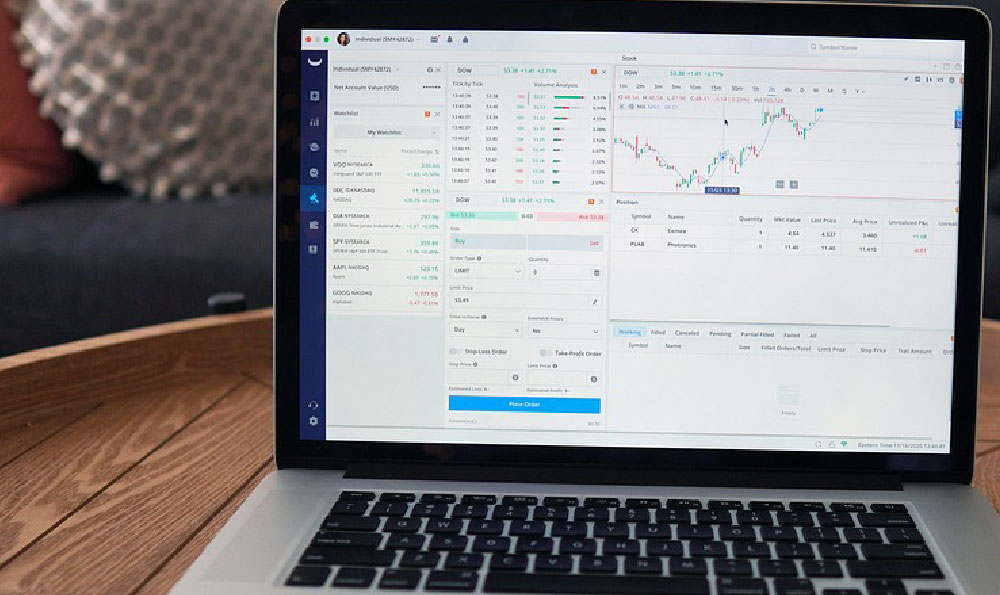Earning money with Google AdSense can be a lucrative opportunity for website owners and content creators who are willing to invest time and effort into the right strategies. While the program itself is designed to help publishers monetize their online content through advertising, the success of this endeavor depends on a combination of factors that influence how effectively your site can generate revenue from ads. One of the most critical aspects is selecting the optimal platform for hosting your AdSense content, as different websites cater to varying audience behaviors and interests. For instance, a blog focused on niche topics like cryptocurrency or fitness may attract higher ad click-through rates compared to a generic news website. This difference in traffic quality directly impacts the earnings potential, making it essential to research and align your content with the right audience.
To maximize your earnings, understanding the factors that affect AdSense payouts is vital. Google's algorithm calculates revenue based on the number of impressions and clicks your ads receive, as well as the quality of your content and user engagement metrics. This means that creating high-quality, valuable content that keeps visitors on your site longer can lead to increased ad visibility and higher earnings. Additionally, the type and placement of ads play a significant role. For example, placing ads in the header or sidebar of a webpage often results in better visibility and click-through rates, but this is not always the case. Some websites achieve higher profitability by using a hybrid approach that combines various ad formats, including text ads, image banners, and responsive ads, to cater to different user preferences.
Another important factor is the ability to optimize your site's performance through targeted advertising. Google AdSense offers a wide range of ad formats and placement options that can be customized to suit your website's layout and audience. For instance, the "AdSense for Content" option allows publishers to display ads dynamically on pages that match the user's search intent, while the "AdSense for Search" feature integrates search boxes directly into your content, enabling visitors to find relevant products or services without leaving the page. However, it's crucial to experiment with different ad placements and formats to determine which combination works best for your specific website. This iterative process of testing and refining your ad strategy is key to achieving consistent growth in AdSense revenue.

In addition to optimizing your site's content and ad placements, diversifying your income streams can significantly impact your overall earnings. While AdSense itself is a primary source of revenue for many publishers, there are other ways to generate income through various channels. For example, a blog focused on lifestyle topics can monetize its content not only through ads but also by offering affiliate marketing partnerships, sponsored posts, or premium subscriptions. Similarly, a YouTube channel that uses AdSense for video content can earn money not just through watch-time-related ads but also through other monetization options like channel memberships, Super Chat, and YouTube Premium. By combining these different monetization methods, publishers can create a more resilient business model that is less dependent on the fluctuations of ad revenue.
The revenue-sharing model of Google AdSense is based on a pay-per-click (PPC) system, where publishers earn money for every click an ad receives. However, this model is not the only method Google uses to calculate payouts. For example, the AdSense for Search program uses a pay-per-click model for all ads, while the AdSense for Content program applies a pay-per-impression model to certain types of ads. Publishers should familiarize themselves with the different earning models and understand how they can be leveraged to maximize their potential revenue. This involves analyzing the average ad revenue per click for different industries and niches, as well as the average cost per click and cost per thousand impressions (CPM) for your target audience. By striking a balance between these metrics, publishers can optimize their ad strategy and maximize their earnings.
Google AdSense is a great way to monetize your online content, but it's not a guaranteed source of income. To succeed, you need a combination of high-quality content, effective ad strategies, and consistent optimization efforts. This process involves analyzing your website's performance on a regular basis, making adjustments to improve user engagement, and experimenting with different ad formats and placements to determine what works best for your audience. By focusing on these key areas, website owners can create a sustainable income stream through Google AdSense.
In conclusion, earning money with Google AdSense requires a well-rounded approach that combines content creation, ad optimization, and income diversification. While the program offers a range of monetization options, the success of your AdSense venture depends on your ability to adapt and refine your strategies over time. By staying informed about the latest trends and best practices, you can maximize your potential earnings and create a profitable website that generates income month after month.












